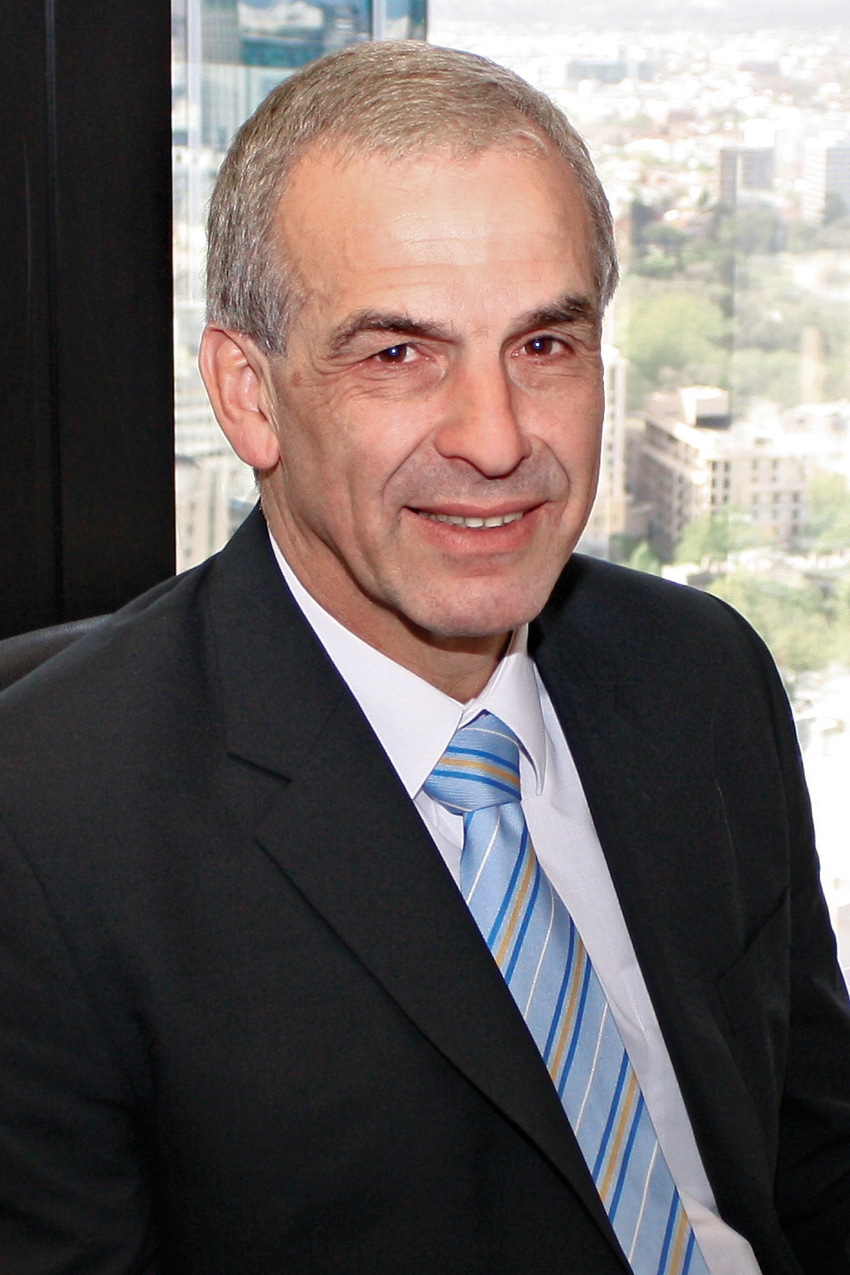Telstra CTO Hugh Bradlow has dismissed network sharing as a "race to the bottom", just as the practice is gaining serious traction among leading operators keen to cut costs. Bradlow, who joined Australian incumbent Telstra in 1995, warned that network sharing would destroy network-based differentiation.
October 20, 2010

Telstra CTO Hugh Bradlow has dismissed network sharing as a “race to the bottom”, just as the practice is gaining serious traction among leading operators keen to cut costs. Bradlow, who joined Australian incumbent Telstra in 1995, warned that network sharing would destroy network-based differentiation.
“What happens with network sharing is that nobody is incented to invest in the networks but the marketing departments promise as much bandwidth as possible,” he said.
In Europe to speak at the OSiM and Broadband World Forum events, Bradlow said he had experienced “more capacity-based drop-outs in the last two days than I have in the last two years in Australia.” He didn’t specify which UK carrier he was roaming with, although Telstra does not have a 3G roaming arrangement in place with Telefonica O2.
Bradlow’s comments come at a time when network sharing is becoming increasingly high profile. In the UK the project to fully integrate the 3G networks of 3UK and T-Mobile (now operated by a JV, MBNL) is on the verge of completion, while the formal merger of Orange and T-Mobile will require another wave of network consolidation. It is believed that O2 and Vodafone will be forced to deepen their sharing relationship, currently passive, to remain competitive.
Telstra remains a firm advocate of competition based on the performance of the network and claims that its NextG 3G network is the “world’s fastest national mobile broadband network”. Bradlow said that iPhone users on NextG never experience the network reverting to EDGE, so robust is the 3G service.
He also dismissed the notion that LTE represents the fourth generation of mobile technology, arguing that the label only came about as a response to the marketing efforts of the WiMAX community as it sought to position its technology as an improvement on cellular networks.
Bradlow hinted at possible confrontations with over the top service providers when he said the cost of network investment is an order of magnitude larger than the cost of application development. “They can’t just expect us to carry on investing,” he said.
About the Author(s)
You May Also Like








.png?width=300&auto=webp&quality=80&disable=upscale)


_1.jpg?width=300&auto=webp&quality=80&disable=upscale)


.png?width=800&auto=webp&quality=80&disable=upscale)